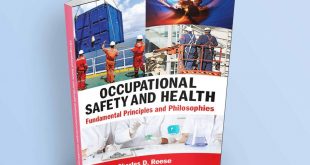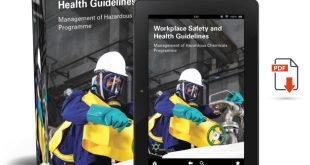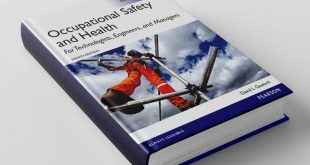The construction industry remains one of the most hazardous sectors in the United States. Each year, thousands of workers face injuries, illnesses, or fatalities on job sites. The Occupational Safety and Health Administration (OSHA) plays a critical role in regulating and promoting safe construction practices. This article explores OSHA’s influence on the construction industry, addresses key safety topics, and highlights the human and leadership dimensions essential for a culture of safety.

The Construction Industry: A High-Risk Environment
Construction work involves a wide array of activities—from residential building to large-scale infrastructure projects. This diversity brings with it numerous hazards, including falls, electrical shocks, trench collapses, and equipment accidents. OSHA’s mission is to mitigate these dangers through stringent standards, training, and enforcement.
Construction as a Business and the Role of OSHA
Construction companies face a dual challenge: delivering quality projects on time and maintaining a safe environment. OSHA provides a framework that helps businesses integrate safety into their operations. Compliance is not just a legal requirement but a smart business strategy—reducing downtime, boosting morale, and preventing costly incidents.
Contractor Liability and Management Accountability
Under OSHA regulations, contractors are responsible for ensuring a hazard-free workplace. Liability doesn’t stop at the company level; managers and supervisors are held accountable. This has led to a shift in safety culture, where professional roles—such as safety officers, project managers, and site supervisors—are instrumental in upholding standards and preventing accidents.
The Competent Person: A Cornerstone of Safety
One of OSHA’s key concepts is the “Competent Person”—someone who is capable of identifying existing and foreseeable hazards and has the authority to take prompt corrective measures. Every construction site should have designated competent persons who are trained and empowered to act decisively.
Women in Construction: A Rising Force
As more women enter the trades, safety programs are evolving to consider ergonomic, protective, and cultural needs. OSHA encourages inclusive safety measures that protect all workers, regardless of gender, while fostering a respectful and equitable work environment.
Understanding Construction Hazards
Accidents in construction stem from various factors, including human error, lack of training, poor communication, and inadequate planning. OSHA addresses this through specific regulations for fall protection, scaffolding, excavation, PPE (personal protective equipment), and more. However, compliance alone isn’t enough—safety requires a motivated and informed workforce.
Motivation and Leadership in Safety Culture
Motivation is a powerful driver of safe behavior. Supervisors must go beyond rules and foster a motivational environment through recognition, trust, and goal-setting. Effective leaders lead by example, communicate clearly, and actively engage workers in safety initiatives.
Key Elements of Motivational Leadership:
-
Setting realistic and personal safety goals
-
Offering constructive feedback and reinforcement
-
Recognizing both individual and team safety achievements
-
Using non-financial rewards and peer recognition
Joint Labor/Management Safety Committees
To ensure worker involvement, OSHA supports the formation of Joint Labor/Management Committees. These committees encourage open dialogue, promote accountability, and track safety performance. Successful committees feature diverse representation, clear roles, and actionable outcomes.
Training and Incentives: Building Long-Term Safety Habits
Training is central to OSHA’s strategy. From onboarding sessions to annual refresher courses, continuous education ensures that workers stay informed. Supplementing training with incentives—such as rewards for hazard reporting or perfect safety records—helps reinforce desired behaviors.
The People Issue: Engaging the Workforce
Construction safety isn’t just about policies and procedures—it’s about people. Workers bring their own experiences, motivations, and pressures (e.g., family, peer influence). Understanding this human element allows supervisors to tailor safety strategies that resonate on a personal level.
Embracing Change: Evolving with New Challenges
Construction sites are dynamic environments. What worked yesterday might not be sufficient today. OSHA encourages constant improvement through regular inspections, data-driven decisions, and adaptive safety plans. Leaders must remain flexible and proactive to keep up with evolving risks.
Summary: Safety Is Everyone’s Responsibility
OSHA construction safety and health programs provide the foundation for a safer industry, but it takes commitment from every level—from the boardroom to the jobsite—to bring that vision to life. Through effective leadership, ongoing training, and motivated workers, the construction industry can continue to build not just structures, but a legacy of safety.
 Boilersinfo Boiler and Mechanical Power Digital Library
Boilersinfo Boiler and Mechanical Power Digital Library





